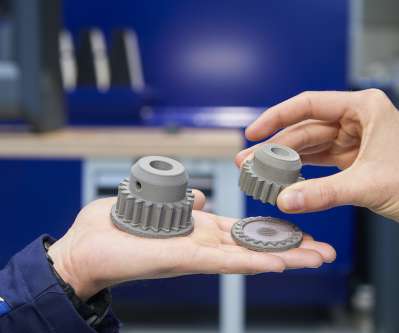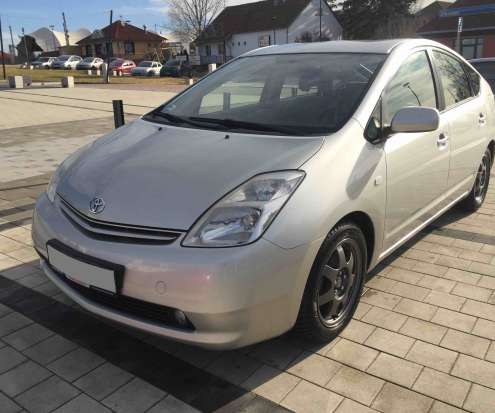NREL, Berkeley Lab propose efficiency and stability best-practices for solar water-splitting
Green Car Congress
NOVEMBER 2, 2022
Photoelectrochemical (PEC) water-splitting, which relies on sunlight to split water into oxygen and hydrogen, stands out as potentially one of the most sustainable routes to clean energy. PEC water-splitting was first noted in scientific publications in 1972. NREL set the first record for STH efficiency exceeding 10% (12.4%







































Let's personalize your content